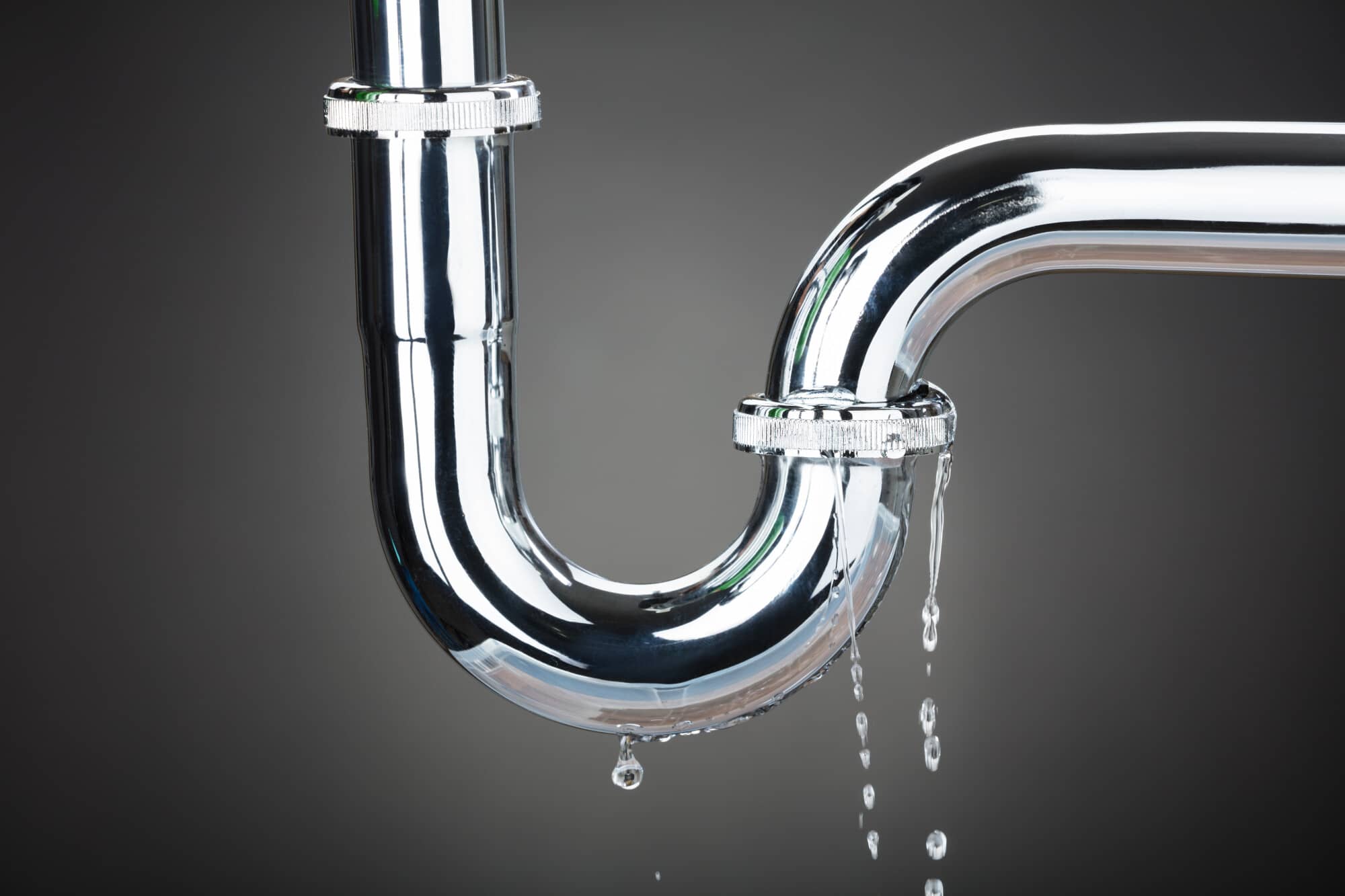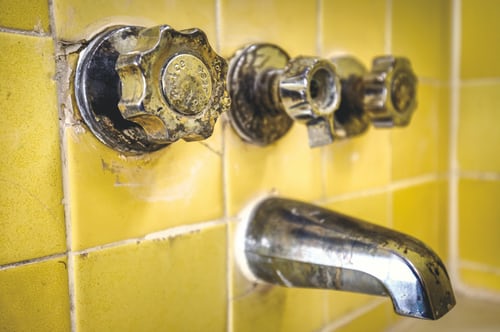How do you actually feel in regards to How to Repair and Prevent Bathroom Water Damage??

Water damage typically occurs in the shower room due to the water utilized everyday. Often, the damages could be a little mold from the shower. Other times, it's enormous damage on your floor. Whatever it is, it is always good to know the cause and stop it prior to it takes place.
This overview will certainly go through some of the common root causes of water damage in the shower room. We will certainly likewise examine what you can do to avoid these causes from damaging your restroom. Let's dive in.
These are the common reasons you would have water damage in your washrooms and also just how you can detect them:
Excess Dampness
It's great to have that lengthy shower and dash water while you hem and haw and also imitate you're carrying out, however sometimes these acts could create water damage to your washroom.
Spraying water around can trigger water to visit corners and create mold and mildews. View how you spread excess dampness around, and also when you do it, clean it up to avoid damage.
Cracks in your wall surface floor tiles
Shower room wall tiles have actually been particularly created for that purpose. They protect the wall surface from wetness from people taking showers. However, they are not undestroyable.
Often, your restroom wall surface floor tiles fracture and permit some wetness to seep right into the wall. This could possibly ruin the wall if you do not take any type of action. If you observe a fracture on your wall floor tiles, fix it immediately. Do not wait until it damages your wall.
Overruning bathrooms and sinks
As human beings, sometimes we make mistakes that can trigger some water damage in the bathroom. As an example, leaving your sink tap on can trigger overflowing and also damage to other parts of the shower room with wetness.
Also, a malfunctioning toilet can trigger overflowing. For instance, a broken commode deal with or various other parts of the tank. When this happens, it might damage the flooring.
As soon as you observe an overflowing sink or commode, call a plumbing to aid take care of it immediately.
Ruptured or Leaking Pipelines
There are many pipelines carrying water to various parts of your bathroom. Some pipelines take water to the toilet, the sink, the taps, the shower, and also many other areas. They crisscross the little location of the restroom.
From time to time, these pipelines can get corroded and ruptured. Various other times, human action can cause them to leakage. When this takes place, you'll find water in the edges of your bathroom or on the wall.
To detect this, look out for gurgling wall surfaces, molds, or mold. Call a specialist emergency plumbing technician to repair this when it happens.
Roofing Leakages
Sometimes, the issue of water damage to the washroom might not originate from the washroom. For example, a roofing system leakage can cause damage to the shower room ceiling. You can spot the damage done by checking out the water discolorations on the ceiling.
If you find water stains on your ceiling, inspect the roofing to see if it's damaged. After that, call a specialist to help fix the concern.
Conclusion
Water damage to your restroom can be aggravating. However, you can handle it if you avoid some of the causes pointed out in this overview. Call an expert emergency situation plumber if you notice any type of serious damages.
How to Repair a Water-Damaged Wall in the Bathroom
All you need to know to repair bathroom wall water damage – from identifying the water source to finishing the repair professionally. If you don’t act quickly to resolve a water damage problem, you could find that it develops into a mold issue and/or cause structural damage to your home. Follow this guide to repair your bathroom before it's too late.
All you need to know to repair bathroom wall water damage
Water damage is a common household problem, and one that, if left unrepaired, can quickly lead to structural problems and health issues. The two most likely rooms where water damage may occur is the bathroom and the kitchen – where water is used often and there is high humidity.
What is water damage?
It is easy to think of water damage as caused by a flood or leaking tap or burst water pipe. However, when water damage is assessed, there are three main categories into which water falls (as classified by the American National Standards Institute). These categories are defined as:
Category 1 Water – ‘Clear Water’
This is sanitary water. There is usually no major threat to health by washing with this water, drinking it, or inhaling if it is streaming. Most water that enters your home will be category 1 water, while most water leaving your home will be either category 2 or 3 water. It may also come from melting snow, rainwater and water tanks.
Damage caused by this type of water can usually be repaired or restored, though this doesn’t mean that there are no potential health issues.
Category 2 Water – ‘Grey Water’
This is contaminated water – sometimes considerably so – and will cause illness if consumed or if it comes into contact with your skin. Water damage in this category is often caused by overflows from toilet bowls, and damage to washing machines and dishwashers. While damaged items might still be repaired or restored after damage by grey water, it is more difficult and more expensive to do so.
If the water damage in your home has been caused by grey water, it is advisable to have repairs made by professionals.
Over time, grey water will deteriorate and become black water.
Category 3 Water – ‘Black Water’
Category 3 water, also known as black water, is highly contaminated and a great risk to health. This may contain raw sewage, heavy metals, and other toxic substances. It will smell terrible.
If this is the water that has caused damage in your bathroom, do not touch it. Stop the water flowing if possible, seal the room and call the experts: it really isn’t worth the risk of ill health and disease that could be fatal. It is very unlikely that items can be repaired or restored if they have been damaged by black water.
https://www.porterscleaning.com/blog/how-to-repair-a-water-damaged-wall-in-the-bathroom/

I recently found that content on How to Repair and Prevent Bathroom Water Damage? when doing a lookup on the web. Do you know about somebody else who is occupied with How to Repair and Prevent Bathroom Water Damage?? Feel free to share it. Thank-you for taking the time to read it.
Appointment